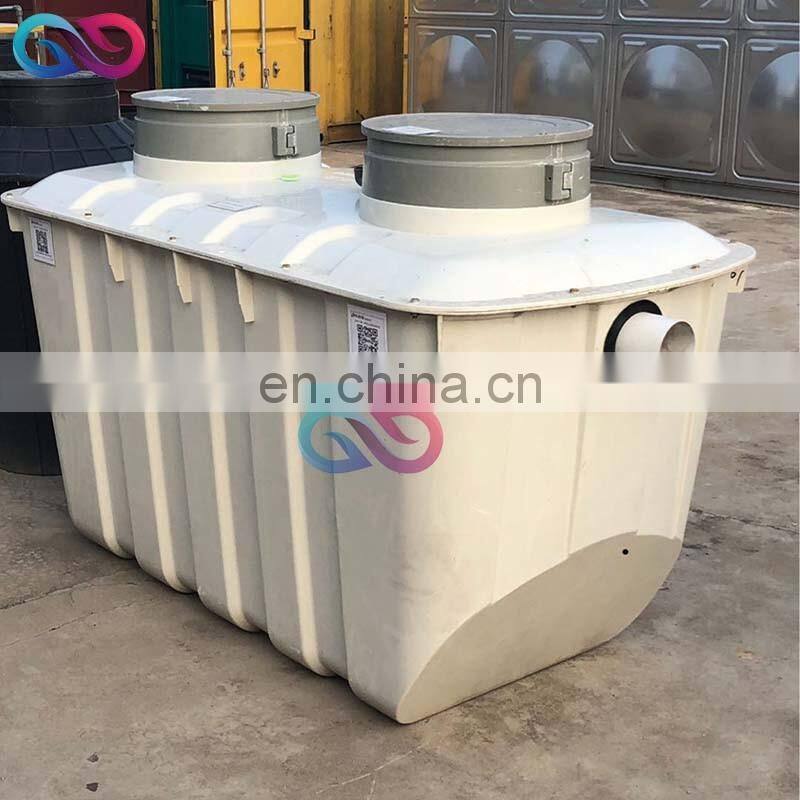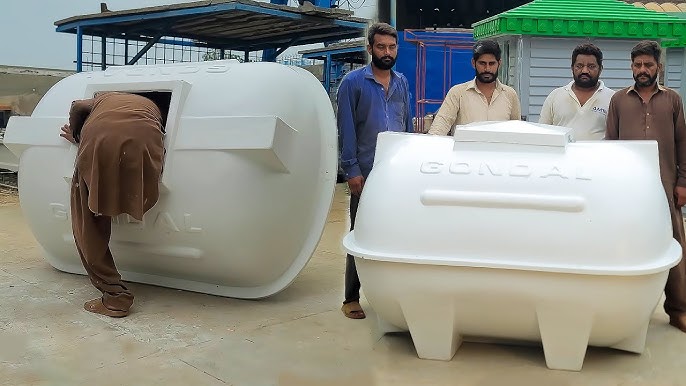Cleaning Fiberglass Tanks vs. Plastic Tanks: A Detailed Comparison

When it comes to maintaining storage tanks, the choice between fiberglass and plastic tanks can significantly impact cleaning methods, durability, and overall maintenance costs. This article explores the differences in cleaning these two popular tank materials, providing practical insights and tips.
Table of Contents
- Introduction to Fiberglass and Plastic Tanks
- Key Differences in Tank Materials
- Cleaning Methods for Fiberglass Tanks
- Cleaning Methods for Plastic Tanks
- Comparative Analysis: Fiberglass vs. Plastic Tank Cleaning
- FAQs
1. Introduction to Fiberglass and Plastic Tanks
Fiberglass tanks are constructed from reinforced plastic fibers embedded in a resin matrix, offering high strength and resistance to corrosion. Plastic tanks, often made from polyethylene or polypropylene, are lightweight and resistant to many chemicals but have different cleaning requirements.
2. Key Differences in Tank Materials
| Feature | Fiberglass Tanks | Plastic Tanks |
|---|---|---|
| Material Composition | Reinforced glass fibers + resin | Polyethylene, polypropylene |
| Durability | High strength, corrosion-resistant | Lightweight, chemical-resistant |
| Surface Texture | Smooth but can develop micro-cracks | Smooth, less prone to cracking |
| Cleaning Sensitivity | Requires gentle cleaning agents | Can tolerate stronger detergents |
3. Cleaning Methods for Fiberglass Tanks
- Gentle Cleaning Agents: Use mild detergents to avoid damaging the resin.
- Soft Brushes or Sponges: Prevent scratching the surface.
- Avoid High-Pressure Washing: Can cause micro-cracks.
- Regular Inspection: Check for cracks or resin degradation.
4. Cleaning Methods for Plastic Tanks
- Stronger Detergents Allowed: Plastic can handle more robust cleaning agents.
- Pressure Washing Possible: Use moderate pressure to remove residues.
- Avoid Abrasive Tools: To prevent surface damage.
- Routine Cleaning: Helps prevent buildup and contamination.
5. Comparative Analysis: Fiberglass vs. Plastic Tank Cleaning
| Aspect | Fiberglass Tanks | Plastic Tanks |
|---|---|---|
| Cleaning Frequency | Less frequent due to smooth surface | More frequent to prevent buildup |
| Cleaning Agents | Mild, non-abrasive | Can use stronger detergents |
| Risk of Damage | Higher if improper methods used | Lower, more resilient surface |
| Maintenance Cost | Potentially higher due to careful cleaning | Generally lower due to durability |
6. FAQs
Q1: Can I use bleach to clean fiberglass tanks?
A: It’s best to avoid bleach as it can degrade the resin over time. Use mild detergents instead.
Q2: How often should plastic tanks be cleaned?
A: Depending on usage, cleaning every 3-6 months is recommended to prevent buildup.
Q3: Are there eco-friendly cleaning options for both tank types?
A: Yes, biodegradable detergents and natural cleaning agents can be effective and safe.
Maintaining your tanks properly ensures longevity and safety. Understanding the nuances between fiberglass and plastic tanks helps in choosing the right cleaning approach.
